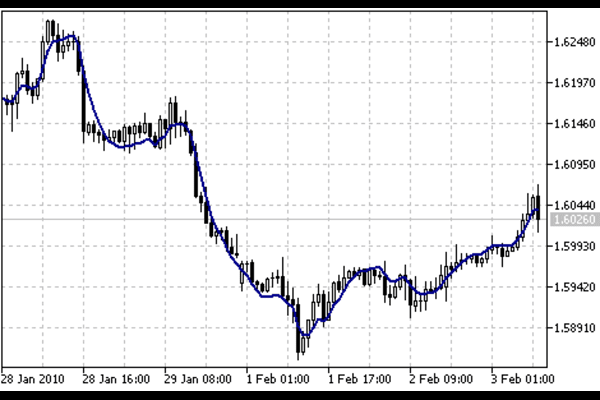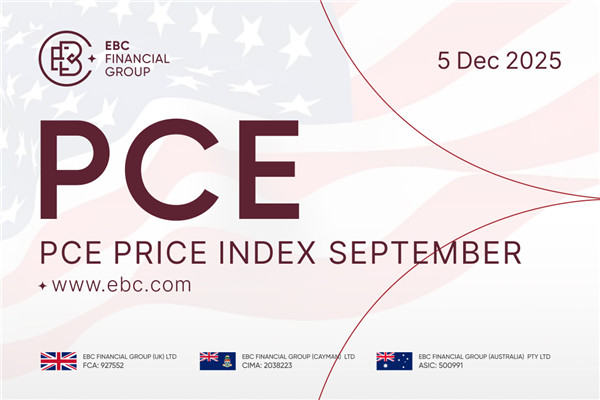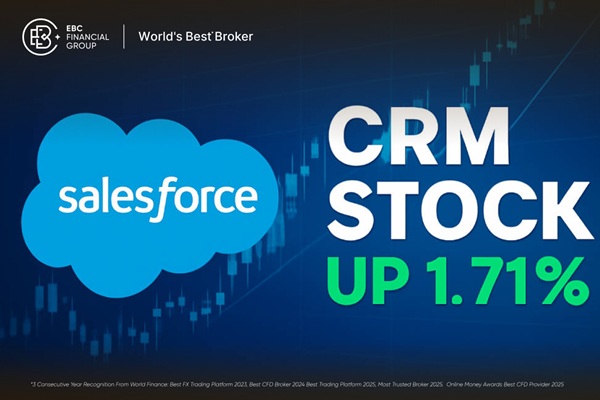For beginners in 2025, sticking with the major pairs, particularly EUR/USD, USD/JPY, GBP/USD, AUD/USD, USD/CAD and EUR/GBP, is the best call as they offer the tightest spreads, deepest liquidity, simpler macro drivers and lots of educational resources.
Additionally, trade during major session overlaps (London–New York, Tokyo–London), size positions conservatively, use stop losses, and focus on mastering one pair before expanding.
Forex Market Overview (Oct 2025)
• Daily FX volume: $7.8 trillion (BIS estimate)
• Top traded pairs (share): EUR/USD 24%, USD/JPY 13%, GBP/USD 9%, AUD/USD 6%
• Avg. daily volatility (majors): ~0.45%
• Top trading sessions: London (38%), New York (19%), Asia (7%)
This guide includes the latest 2025 market data and expert insights to recommend the most beginner-friendly currency pairs, explaining what makes them optimal, their trading characteristics, and risk factors.
What Makes a Currency Pair Beginner-Friendly?
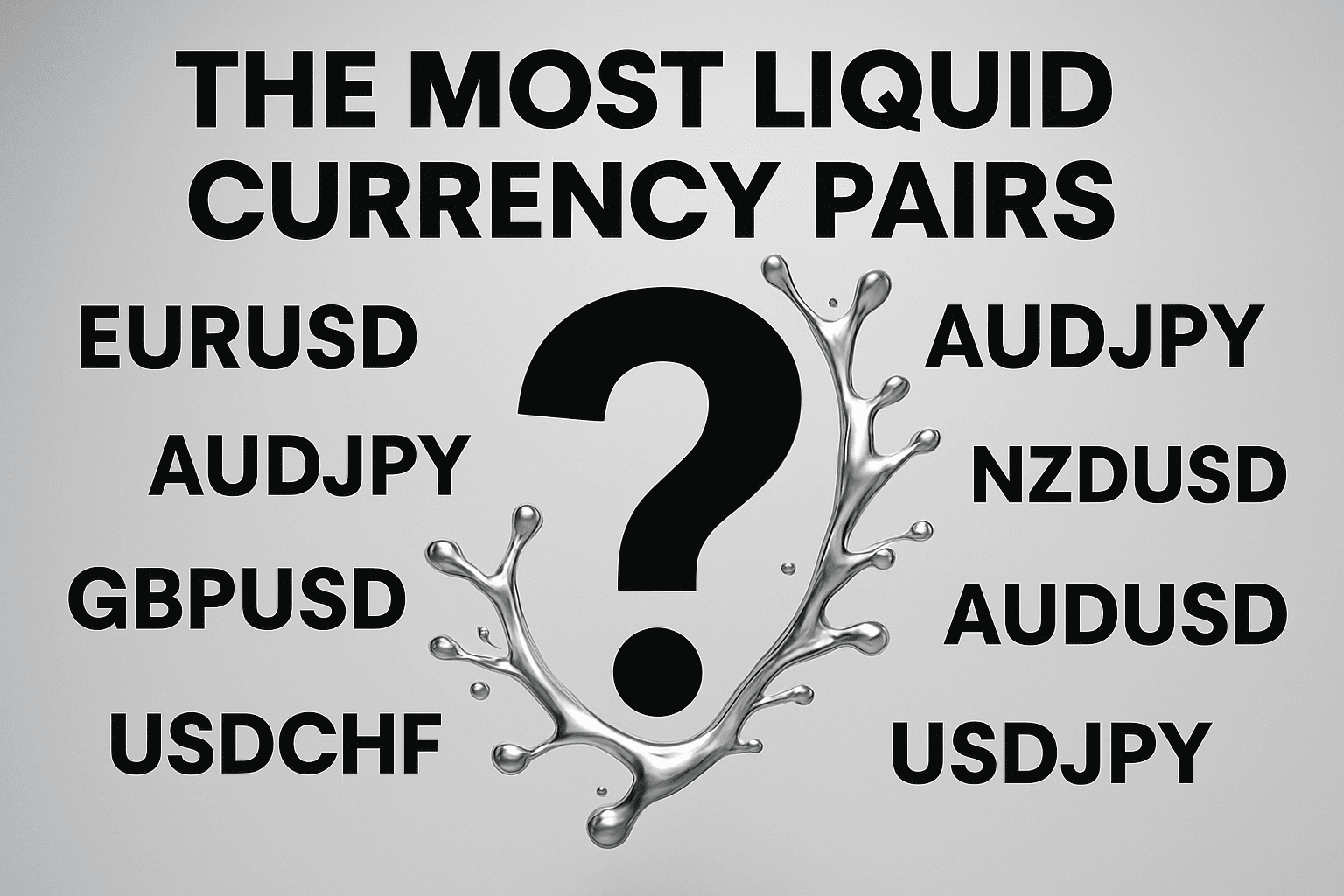
Before diving into which pairs are best, it helps to understand what qualities appeal to novice traders:
Liquidity: High liquidity ensures tight spreads, low transaction costs, and ease of entering/exiting trades.
Volatility: Moderate volatility offers ample trading opportunities without the rollercoaster risk of extreme swings.
Predictability: Pairs influenced by stable economies tend to have more reliable trend patterns.
Economic transparency: Well-followed macroeconomic indicators provide traders with data to craft strategies.
Availability of information: Popular pairs have extensive analysis, news coverage, and technical studies.
Pairs that satisfy these criteria often become cornerstones for beginners, combining manageable risk profiles with abundant resources.
The Six Best Currency Pairs for Beginners And Why
Based on 2025 liquidity reports, trading volumes, and volatility analytics, these six pairs stand out as the most beginner-friendly due to their tight spreads, clear macro drivers, and stable market behaviour.
| Pair |
Liquidity |
Typical Spread |
Why It’s Good |
Volatility |
2025 Outlook |
| EUR/USD |
Deepest (≈24% of global FX) |
<1 pip |
Transparent economies; clear reaction to Fed & ECB news |
Moderate |
USD strength vs ECB easing drives trends |
| USD/JPY |
2nd most liquid |
~1 pip |
Acts as global risk barometer; clear policy divergence |
Stable with bursts |
Fed–BoJ gap remains key driver |
| GBP/USD |
High |
1.5–2 pips |
Strong response to UK data & BoE moves; post-Brexit trends |
Higher than EUR/USD |
BoE policy & UK–EU trade shape volatility |
| AUD/USD |
Strong (esp. Asia hours) |
~1.5 pips |
Commodity-linked; suits macro and commodity traders |
Moderate |
Driven by China growth & resource prices |
| USD/CAD |
High among commodity pairs |
~1.5 pips |
Tied to crude oil; clear fundamental patterns |
Moderate |
Fed stance & global oil demand matter |
| EUR/GBP |
Highly traded cross |
<1.5 pips |
Low volatility, stable for beginners |
Low–Moderate |
Expected to range 0.85–0.90 amid UK–EU recovery |
Each of these six pairs offers a unique balance of liquidity, volatility, and clarity, the three pillars of beginner-friendly trading.
EUR/USD remains the go-to pair for newcomers, offering unmatched liquidity and reliable reactions to major economic data.
USD/JPY provides steady movement patterns shaped by clear policy divergence between the Fed and BoJ.
GBP/USD, while more volatile, rewards disciplined traders who follow BoE decisions and UK macro updates.
AUD/USD and USD/CAD suit traders interested in commodities and Asia-Pacific dynamics, providing natural diversification.
EUR/GBP is best for cautious beginners due to its lower volatility and range-bound behaviour.
Together, these pairs provide the ideal sandbox for learning market structure, testing strategies, and building trading discipline under realistic but manageable risk conditions.
Emerging & Alternative Pairs to Watch for Beginners

While the classic majors offer the best conditions, some emerging pairs provide interesting diversification or thematic plays. Beginners may explore these once comfortable with majors:
NZD/USD: Similar dynamics to AUD/USD with slightly less liquidity.
USD/CHF (US Dollar/Swiss Franc): Traditionally a safe-haven pair, it reacts to risk-off scenarios.
EUR/JPY: Combines Eurozone and Japanese market dynamics, offering moderate liquidity.
In 2025, watch for USD/CNY shifts as China's economy reopens and liberalises currency policies.
Beginner Trading Setup: A Simple 3-Step Routine
Focus beats complexity when you start. Here's a repeatable routine you can use every day:
Pick one pair and a time window. Start with EUR/USD during the London–New York overlap (roughly 8:00–12:00 GMT) for best liquidity.
Use a single time-frame plan. Trade only one strategy (e.g., momentum breakout on the 15-minute chart or mean-reversion on the 1-hour) and define exact entry, stop and target.
Risk 0.5–1% per trade. Use position sizing to limit losses and never increase size after a loss; treat each trade as an experiment you can quantify and learn from.
This routine keeps psychology simple and forces you to master execution and journaling before adding complexity.
Risk Management Tips for Beginners Trading Currency Pairs
Start with small trade sizes: Limit exposure to single trades until familiar with FX volatility.
Set stop-loss and take-profit: Use orders to automate risk/reward execution.
Monitor economic calendars: Central bank meetings, CPI data, and employment reports move markets.
Avoid trading volatile pairs immediately: Master majors before tackling exotic or less liquid crosses.
Stay aware of global events: Geopolitical news, trade negotiations, and crises can provoke sharp moves.
How Macro Events Influence the Suggested Pairs
On the topic of global events, each major pair has a small set of high-impact drivers you can follow on an economic calendar:
EUR/USD: Fed funds, US non-farm payrolls, ECB policy and Eurozone PMI.
USD/JPY: US CPI, BoJ policy statements, JPY risk-off flows.
GBP/USD: UK CPI, BoE decisions, UK GDP and fiscal headlines.
AUD/USD: China PMI, Australian jobs data, commodity price moves.
USD/CAD: Canadian jobs data, BoC decisions, and oil prices.
EUR/GBP: Relative PMI, GDP and BoE vs ECB divergence.
Watch the economic calendar for scheduled releases and avoid opening new leveraged positions right before them unless you trade a specific news plan.
How to Choose a Forex Broker and Account Type
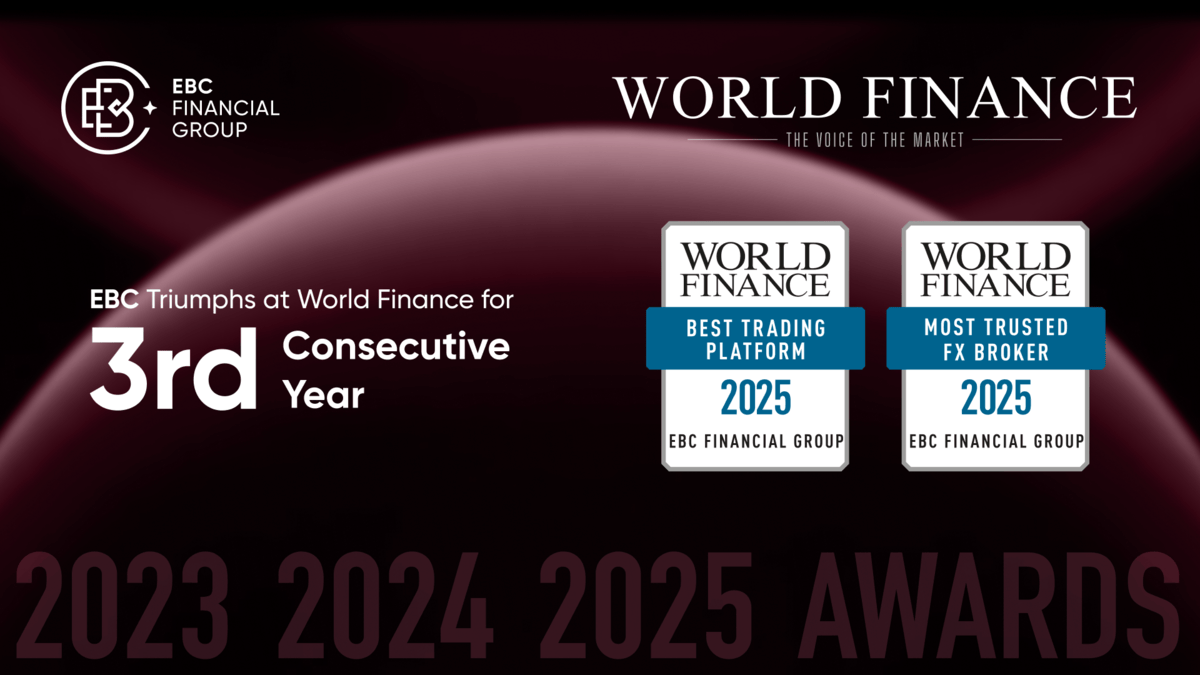
For beginners, EBC Financial Group simplifies life: fast execution, transparent spreads, good educational tools, and strong regulation. Key checks:
Regulatory oversight
Average spreads & commissions
Execution model
Demo & micro accounts
Withdrawal speed & customer service
Don't obsess over tiny spread differences until your strategy proves profitable; execution consistency and psychology matter more.
When to Graduate From Major Currency Pairs?
Once you consistently profit with one pair, consider broadening exposure. You're ready to trade additional pairs if:
You've achieved positive expectancy over ≥100 live or demo trades.
You can explain the macro drivers for the new pair and monitor them weekly.
You have a process for sizing multiple open positions to stay within overall risk limits.
You've mastered execution in different sessions and DST adjustments.
Avoid diversifying too soon, as depth in one pair beats shallow exposure to many.
Frequently Asked Questions
Q1: Which Pair Has the Lowest Trading Cost?
EUR/USD usually has the tightest average spreads and is the cheapest to trade for retail traders.
Q2: Is It Better to Trade During the London or New York Session?
Trade when London and New York overlap for the highest liquidity (roughly 8:00–12:00 GMT), but be aware of DST shifts.
Q3: Should Beginners Use Leverage?
Use minimal leverage or none at first and focus on execution and psychology.
Q4: Can I Trade Forex Part-Time?
Yes. Choose one pair and trade during a consistent daily window. Many successful part-time traders use breakout or mean-reversion strategies during overlap hours.
Conclusion
In conclusion, the best path for beginners in 2025 remains the classic major pairs (EUR/USD, USD/JPY, GBP/USD, AUD/USD, USD/CAD, EUR/GBP).
Although the environment has nuances, the fundamentals of good trading haven't changed with disciplined risk control, a repeatable plan, and honest performance tracking.
Thus, trade during high-liquidity sessions, manage risk tightly and master one strategy before expanding.
Disclaimer: This material is for general information purposes only and is not intended as (and should not be considered to be) financial, investment or other advice on which reliance should be placed. No opinion given in the material constitutes a recommendation by EBC or the author that any particular investment, security, transaction or investment strategy is suitable for any specific person.


















